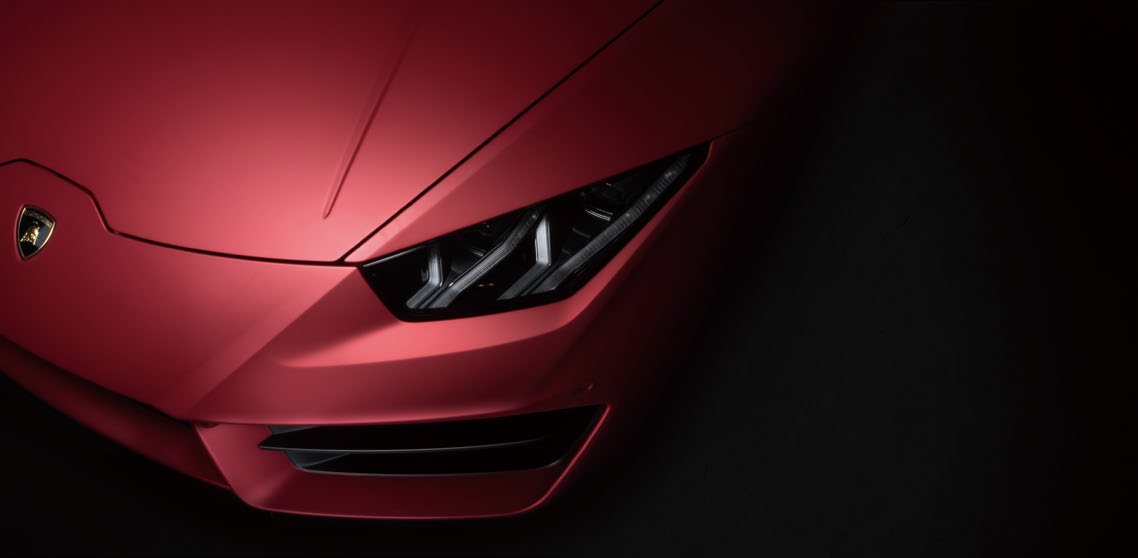
Paint Protection Film Cars
LMT Serie
LMT Series
LMT-S
This is a high-quality, clear paint protection film that provides excellent protection for your vehicle’s paint. It is made from a self-healing, high-gloss material that is designed to resist scratches, chips, and other types of damage that can occur during everyday use. The film is easy to install and can be custom cut to fit any vehicle.
LMT-T
This is a hydrophobic paint protection film that provides superior protection against water, dirt, and other contaminants. It is made from a clear, self-healing material that is designed to resist scratches and other types of damage. The hydrophobic properties of the film help to repel water and other liquids, keeping your vehicle looking clean and new for longer.
LMT-M
This is a matte finish paint protection film that provides excellent protection for your vehicle’s paint while giving it a unique, matte look. The film is made from a self-healing material that is designed to resist scratches, chips, and other types of damage. It is easy to install and can be custom cut to fit any vehicle. The matte finish of the film adds a subtle, sophisticated touch to your vehicle’s appearance.


Specific films, meeting your own specifications can be produced on request.
VLT(%) – Definition
VLT (Visible Light Transmission) is a measure of the amount of visible light that can pass through a car window film. It is typically expressed as a percentage and indicates the amount of visible light that is transmitted through the film.
For example, if a film has a VLT of 50%, it means that it allows 50% of visible light to pass through the film and blocks the remaining 50%.
VLT is important for car window films because it can impact the driver’s visibility and safety. Some states have regulations on the amount of VLT allowed for the front and rear windows of a vehicle, and it is important to comply with these regulations to avoid a fine or other penalties.
IRR(%) – Definition
IRR (Infrared Rejection Rate) is a measure of a car window film’s ability to block infrared heat. It is also expressed as a percentage and indicates the amount of infrared heat that is blocked by the film.
For example, if a film has an infrared rejection rate of 50%, it means that it blocks 50% of the infrared heat attempting to enter the car, while allowing the remaining 50% to pass through the film.
IRR is important for car window films because it can help reduce heat and glare inside the car, which can make driving more comfortable and safer. A higher IRR typically means better heat and glare rejection, but it can also result in a decrease in VLT, which can affect driver visibility and compliance with local regulations.
TSER(%) – Definition
TSER (Total Solar Energy Rejected) is a measure of a car window film’s ability to reject solar heat. It is also expressed as a percentage and indicates the total amount of solar energy that is rejected by the film.
TSER takes into account both the amount of infrared heat and visible light that are rejected by the film, as well as the amount of solar energy absorbed by the film. A higher TSER means that the film has a higher capacity to reject solar heat.
For example, if a film has a TSER of 60%, it means that it rejects 60% of the total solar energy attempting to enter the car.
TSER is important for car window films because it can help reduce the amount of heat and UV radiation inside the car, which can make driving more comfortable and safer. A higher TSER also means a reduced workload on the car’s air conditioning system, which can lead to more efficient fuel consumption.
UVR(%) – Definition
UVR (UV Rejection Unit) for car window films.
UV radiation is a part of the solar spectrum that can be harmful to the skin and eyes. UV rays can also cause fading and deterioration of materials inside the car.
Therefore, a car window film that blocks a significant amount of UV radiation can help protect the car occupants and the materials inside from fading and deterioration.
It’s important to note that car window films usually don’t block 100% of UV radiation. However, some films can block up to 99% of UV radiation, which can provide effective protection against harmful UV rays.
SC – Definition
SC (Solar Energy/Solar Heat Gain Coefficient) is a measure of a car window film’s ability to reject solar heat. The SC indicates the percentage of solar heat that passes through the film and enters the car.
A car window film with a lower SC has a higher ability to reject solar heat, while a film with a higher SC will allow more solar heat to enter the car.
For example, if a film has an SC of 0.5, it means that it allows 50% of the solar heat to enter the car, while the rest is rejected by the film.
SC is important for car window films because it can help reduce the amount of heat inside the car, which can make driving more comfortable and safer. A lower SC can also reduce the workload on the car’s air conditioning system, which can lead to more efficient fuel consumption.
It’s important to note that the SC is not a measure of the amount of visible light that passes through the film, which is measured by the VLT (Visible Light Transmission).
Thickness – Definition
« Thickness » refers to the measurement of the thickness of a car window film.
Car window films are typically very thin, with a thickness of a few microns (μm). Measuring the thickness is important to ensure that the film can be applied properly to the surface of the window and to avoid bubbles and wrinkles.
However, thickness is not the only important factor in determining the performance and quality of a car window film. Other factors such as visible light transmission rate, solar heat rejection rate, and UV ray filtering ability are also important considerations when choosing a car window film.

